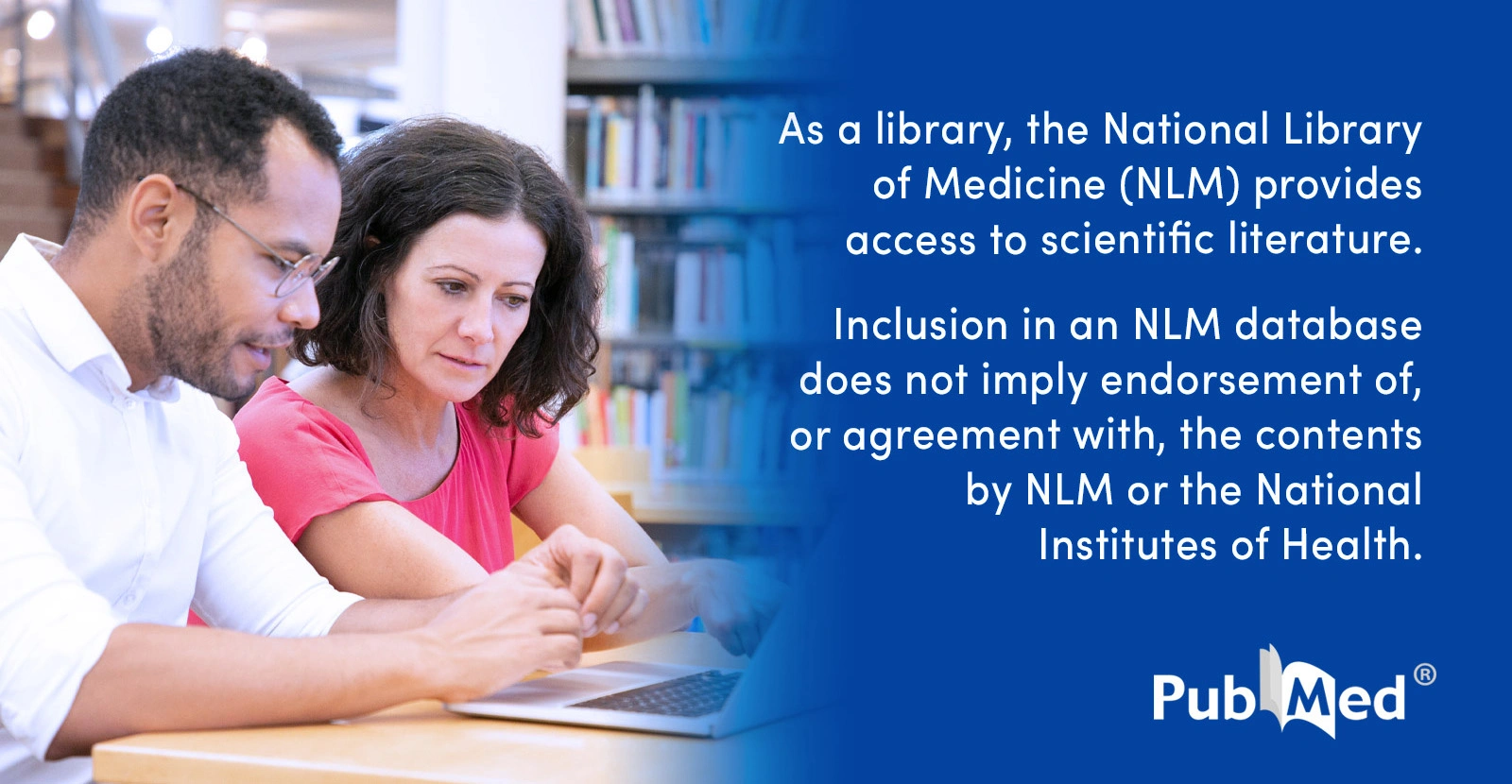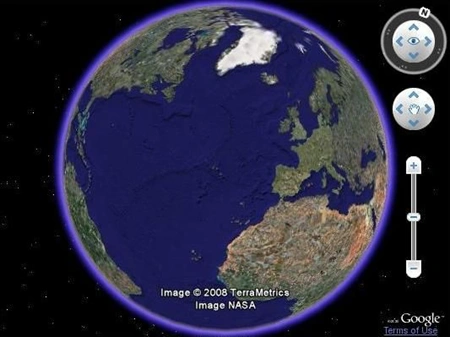I am Imura of COGNANO. Why did you start COGNANO? I have been asked this question, and I have been thinking about it. The first reason was 25 years ago, and the second reason was 10 years ago. Let me tell you about it this time.
Changes in research themes
After practicing medicine, I entered a doctoral program and started research on cancer control. I was born healthy, so I didn't break down. Research in biotechnology generally takes the form, "The phenomenon XXX is caused by the function of the molecule OOO. → The functional material unit that forms the basis of living organisms is a molecule. ... The molecule called OOO is the cause of XXX…. So, if we can influence this OOO molecule, we may be able to cure the disease…. This scenario is called "XXX". The most promising and easy-to-use molecule to influence is an antibody. By developing the molecular tool of antibodies myself, I became aware of the pathway to making drugs. At the same time, I realized something frightening. At the time, the human genome had not yet been decoded, but we knew that there was a huge number of genes, so I thought, "I spent four years to prove one molecule. If there were 100,000,000 target molecules, we would have to study them for 4 million years…. " That was 25 years ago.

I just couldn't figure out a good way to do it, so I moved to the "aging research" lab. At that time, I was thinking, "I haven't found a concrete way to do bio-research other than to focus on molecules such as genes and proteins. But what I wanted to know was not about matter, but about what it means to be born, to live, and to die. But what we want to know is not the substance, but what it means to be born, live, and die. How can we connect both?" What I was imagining at that time was a city of a million houses (if there were a million kinds of target molecules), while at the same time looking at the inside of a single house (a family) from the sky. Is it possible for a human being to look at a million houses from the sky (if there are a million kinds of molecules) and at the same time understand the interior of each house in detail (not only the faces and names of the families, but also the kinds of socks and the way the fireplace burns)? I had no idea how to do it. I had no idea how to do it, and with a feeling of "Oh, I'll just stare at the city in a daze and give up..." I dared to try a fuzzy theme. I was concerned about molecules, which are substances, and yet I was trying to go against the grain in a context that could not be explained by molecules. Nevertheless, aging research in this period was scaffolded by materialism and did not reach beyond molecular studies.

No matter how you look at it, you can't see far when you look near, and you can't see near when you look far. But now we can somehow explain it, because a method has emerged that instantly shows us a picture of the entire surface of the earth, not just a million houses, and we even know the address of every single house.

The problem with bio-data
We can see now that we can do this in the nano world of molecules and cells. However, the problem in the bio world is that only partial information on proteins, lipids, and sugar chains is registered, except for genetic information, which is relatively easy to decipher, and there is not enough data for high-speed processing. The problem is a chicken-and-egg problem, which means that we cannot start a conversation without accumulating "data that would take 4 million years if done properly.
In 2000, the human genome was completely decoded, just in time for the millennium, and the approximate number of target molecules (how many families exist in the bio-world) could be predicted.

In fact, the number of basic proteins is about 30,000, with about 300,000 variations allowed, and even when modifications and complexes are combined, the elemental information is one to two orders of magnitude above the size of information in the bio Even if we include modifications and complexes, we can now imagine that the size of information in the bio-world is one or two orders of magnitude larger. We will consider the approach later, but from a bioman's point of view, the first thing to do is to accumulate data…. Then, what kind of data and how much data do we need? The opinion of Maeda-san, a data expert and reality thinker, is probably the most accurate. I will ask him to discuss this at a later date.

Earlier, I wrote about the emergence of a system that takes pictures of the earth's surface from the sky and even knows personal information about you. I had a sneaking suspicion that something was happening with smartphones, but at the time I couldn't imagine the connection. Eventually, I decided that it was impossible without a connection to Tech People, and I was stunned to learn that the data scale from the alpacas was "the size of anything Bioman had ever seen."
Genomes that don't change and genomes that change
From birth to death, an organism's genes (genome) do not change. If it ever changes, it is to become a different self (e.g., cancer). However, there is one place where it does change for the right purposes. That is the antibody gene. Only antibodies can change their genes almost indefinitely to fight against a myriad of invaders. For this reason, one part of the genome is designed to change aggressively. That is why the body produces antibodies when it is vaccinated, and it is widely known that Tonegawa and Honjo are credited with the elucidation of this principle. On the other hand, quite independently, about 30 years ago, a Belgian researcher named Heimer accidentally realized that camel antibodies are very simple and that the encoding genes can be easily read. When we learned about camel antibodies in the paper, we thought we heard a faint sign. We developed our own technology to read the antibody genes at ultra-high speed using a gene decoding machine called a "next-generation sequencer," which emerged around 2010, and classify their functions based on whether or not they bind to their targets. We developed our own technology to classify the functions of antibodies based on whether they bind to their targets or not.
To conduct a comprehensive and thorough survey of 1 million houses in the Kingdom of NANO (NANO)" with this technology, we launched COGNANO in 2014. We launched COGNANO in 2006. Since we didn't know exactly which part of the business we were going to launch, we couldn't rely on the budget of others or the government, so we relied on funds from my wife's local pharmacy to set up the lab and register the company. From this point on, it would take many years for a bioman to reach an IT engineer in a different field, but I will write about that in (Part 2) the story.
Continue to "Standing in the View from an IT Engineer Part 2”.